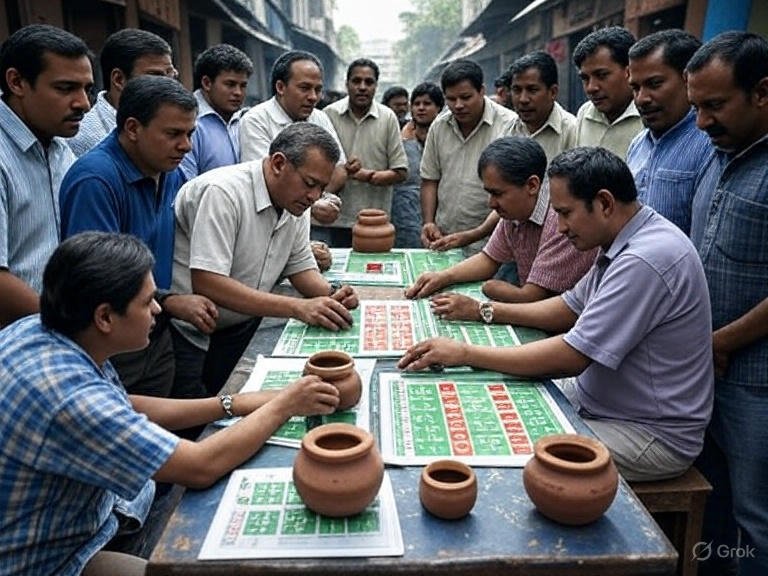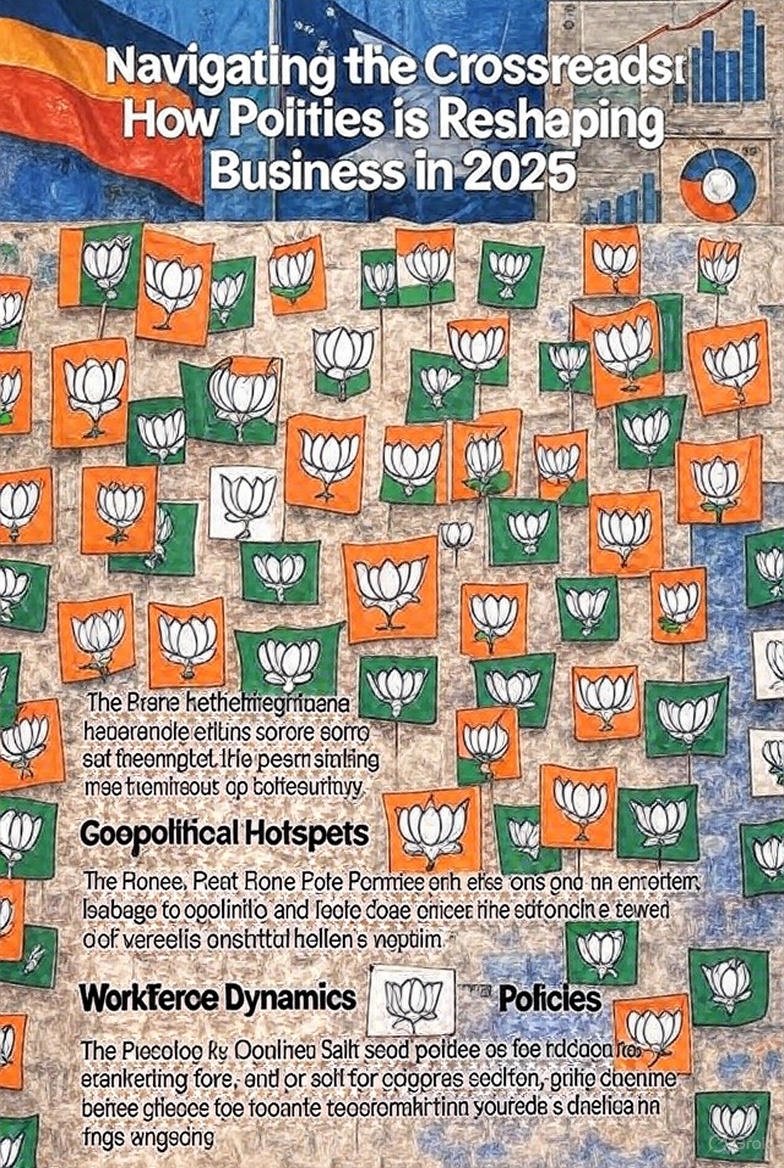
The Evolution and Impact of Satta Matka: From Dharavi's Streets to Digital Platforms
Satta Matka, a form of lottery-style gambling deeply embedded in India's underground betting culture, has captivated millions for decades. Often simply referred to as "Matka," it involves betting on randomly drawn numbers, with origins tied to economic fluctuations and working-class aspirations. This game, which blends chance, strategy, and risk, has evolved from humble beginnings in Mumbai's bustling neighborhoods to online platforms like Dpboss. In this article, we explore its history, key variants such as Kalyan Matka, its connections to areas like Dharavi, and the legal framework governing it in India. While Satta Matka remains popular, it's important to note its illegal status in most forms, as regulated by longstanding laws.
Origins and Historical Evolution
The roots of Satta Matka trace back to the pre-independence era, but it gained prominence in the 1950s. Initially, it revolved around wagering on the opening and closing rates of cotton traded on the New York Cotton Exchange, with results transmitted to the Bombay Cotton Exchange. Textile mill workers in Mumbai, facing economic uncertainties, found solace in this speculative activity. As global cotton trading stabilized, the game adapted: bets shifted to numbers drawn from a "matka" (earthen pot), hence the name.
By the 1960s, under the influence of figures like Ratan Khatri and Kalyanji Bhagat, Matka formalized into a structured lottery system. It wasn't just gambling; it became a cultural phenomenon, reflecting the hopes of the underprivileged for quick wealth. The game's simplicity—selecting numbers from 0 to 9, often in sets like single, Jodi (pair), or Patti (three-digit)—made it accessible. However, its unregulated nature led to exploitation and organized crime involvement, peaking in the 1980s and 1990s before crackdowns.
Kalyan Matka: A Pillar of the Game
Among the various Matka markets, Kalyan Matka stands out as one of the most enduring and popular. Named after Kalyanji Bhagat, a Gujarati farmer who migrated to Mumbai and innovated the game in the 1960s, it operates on a daily schedule with results declared at specific times. Players bet on numbers drawn twice a day, with markets like Kalyan Day and Kalyan Night. The game's appeal lies in its patterns and charts, which enthusiasts analyze for trends, though outcomes are ultimately random.
Kalyan Matka exemplifies how Satta evolved from cotton bets to a number-based system. It includes variations like panel charts, where multiple numbers are grouped, adding layers of complexity. Despite its popularity, it remains part of the broader illegal gambling ecosystem, with no official oversight.
Dpboss: The Modern Face of Matka
In the digital age, platforms like Dpboss have revolutionized access to Satta Matka. Dpboss is a prominent website that offers live results, historical charts, guessing tips, and market updates for various Matka games, including Kalyan. Launched as a hub for enthusiasts, it provides real-time information on markets like Time Bazaar, Milan, and Rajdhani, helping users track outcomes without physical involvement.
What sets Dpboss apart is its user-friendly interface, featuring Jodi charts, panel records, and even forums for discussions. While it claims to be informational, critics argue it indirectly promotes gambling. Established around the early 2000s, Dpboss has become synonymous with "fast results," drawing millions of visitors daily. However, users should approach such sites cautiously, as they operate in a legal gray area.
Satta Matka's Ties to Dharavi
Dharavi, Asia's largest slum in Mumbai, plays a pivotal role in Matka's narrative. This densely populated area, home to migrant workers and small-scale industries, was a breeding ground for the game in its early days. Textile mills in and around Dharavi fueled the initial cotton betting craze, and as Matka evolved, it became ingrained in the local economy.
Today, Dharavi hosts informal Matka networks, with reports of local agents and dens operating discreetly. Listings for "Dpboss Satta Matka" in Dharavi suggest physical or community-based extensions of online platforms, established as far back as 1980. The game's prevalence here highlights socioeconomic factors: poverty drives participation, offering illusory escapes from hardship. Yet, it also perpetuates cycles of debt and addiction, affecting families in this vibrant but challenged community.
Legality and Government Regulations
Satta Matka is illegal under Indian law, primarily governed by the Public Gambling Act of 1867. This colonial-era legislation prohibits public gambling and the operation of common gaming houses, with penalties including fines and imprisonment. While some states have amended it for lotteries or skill-based games, Matka's chance-based nature keeps it banned nationwide. For the official text, refer to the Government of India's India Code portal: https://www.indiacode.nic.in/bitstream/123456789/2269/1/AAA1867____03.pdf.
Enforcement varies, with periodic raids in areas like Dharavi, but the online shift via sites like Dpboss complicates regulation. The government views it as a social evil, linked to money laundering and crime.
Societal Impact and Future Outlook
Satta Matka's allure lies in its promise of instant riches, but it often leads to financial ruin and social stigma. In Dharavi, it underscores inequality, where informal economies thrive amid urban poverty. Digitization has globalized it, attracting younger players via apps and websites, raising concerns about youth addiction.
Looking ahead, stricter digital regulations might curb platforms like Dpboss, but the game's cultural roots ensure its persistence. Education and alternative economic opportunities could mitigate its hold.
In conclusion, Satta Matka—from its Dharavi origins to Kalyan variants and Dpboss innovations—mirrors India's complex blend of tradition and modernity. While fascinating historically, its illegal status serves as a cautionary tale against unregulated gambling.
Frequently Asked Questions (FAQs) About Satta Matka
1. What is Satta Matka?
Answer: Satta Matka is a lottery-style gambling game that originated in India, involving betting on randomly drawn numbers. It began in the 1950s in Mumbai with wagers on cotton rates and evolved into a number-based game drawn from a "matka" (earthen pot). It remains popular despite being illegal under Indian law.
2. How did Satta Matka originate?
Answer: Satta Matka started in the 1950s in Mumbai, where textile mill workers bet on the opening and closing rates of cotton traded on the New York Cotton Exchange. As cotton trading stabilized, the game shifted to betting on random numbers drawn from a pot, formalized by figures like Ratan Khatri and Kalyanji Bhagat in the 1960s.
3. What is Kalyan Matka?
Answer: Kalyan Matka is a popular variant of Satta Matka, named after Kalyanji Bhagat, who introduced it in the 1960s. It involves daily number betting with results announced twice a day (Kalyan Day and Night). Players analyze patterns and charts, though outcomes are random.
4. What role does Dharavi play in Satta Matka?
Answer: Dharavi, Mumbai’s largest slum, was a key hub for Satta Matka’s early growth due to its textile mill workers who engaged in cotton rate betting. Today, it hosts informal Matka networks, driven by poverty and the lure of quick wealth, though it perpetuates debt and addiction.
5. What is Dpboss, and how is it related to Satta Matka?
Answer: Dpboss is a prominent online platform providing live results, historical charts, guessing tips, and updates for Satta Matka games like Kalyan Matka. Launched in the early 2000s, it offers a user-friendly interface for enthusiasts but operates in a legal gray area due to the game’s illegal status.
6. Is Satta Matka legal in India?
Answer: No, Satta Matka is illegal in India under the Public Gambling Act of 1867, which prohibits public gambling and gaming houses. Penalties include fines and imprisonment. Despite periodic enforcement, online platforms like Dpboss complicate regulation. For details, see the Government of India’s India Code portal: https://www.indiacode.nic.in.
7. How has Satta Matka evolved in the digital age?
Answer: Satta Matka has shifted from physical betting dens to online platforms like Dpboss, offering real-time results, Jodi charts, and forums. This digitization has made the game more accessible, attracting younger players but raising concerns about addiction and unregulated gambling.
8. What are the societal impacts of Satta Matka?
Answer: Satta Matka offers the allure of instant wealth but often leads to financial ruin, addiction, and social stigma, particularly in areas like Dharavi. It highlights socioeconomic inequalities, with poverty driving participation, and is linked to issues like money laundering and organized crime.
9. How do players participate in Satta Matka?
Answer: Players select numbers (single, Jodi/pair, or Patti/three-digit) and place bets. Numbers are drawn randomly, often twice daily, and winners are determined based on matches. Charts and patterns are analyzed, but the game relies heavily on chance.
10. What are the risks of playing Satta Matka?
Answer: Risks include financial loss, addiction, and legal consequences due to its illegal status. In areas like Dharavi, it can perpetuate debt cycles. Online platforms increase accessibility but also expose users to unregulated and potentially fraudulent sites.
11. How does the government regulate Satta Matka?
Answer: The Indian government regulates Satta Matka under the Public Gambling Act of 1867, with enforcement through periodic raids, especially in areas like Dharavi. However, online platforms are harder to regulate, posing ongoing challenges.
12. What is the future outlook for Satta Matka?
Answer: While stricter digital regulations may limit platforms like Dpboss, Satta Matka’s cultural roots suggest it will persist. Education and economic opportunities could reduce its appeal, but its underground nature makes complete eradication unlikely.
Disclaimer
The content on this page, "The Evolution and Impact of Satta Matka: From Dharavi's Streets to Digital Platforms," is provided for informational and educational purposes only. TricksBiz does not endorse, promote, or encourage participation in Satta Matka or any form of illegal gambling. Satta Matka is an illegal activity under the Public Gambling Act of 1867 in India, and engaging in it may result in legal consequences, including fines and imprisonment.
The information presented, including references to platforms like Dpboss, is intended to explore the historical, cultural, and socioeconomic aspects of Satta Matka, not to facilitate or support gambling activities. Readers are urged to act responsibly and comply with all applicable laws. TricksBiz is not responsible for any actions taken based on the information provided on this page.
For official legal information, refer to the Government of India’s India Code portal: https://www.indiacode.nic.in/bitstream/123456789/2269/1/AAA1867____03.pdf.
Tranding




